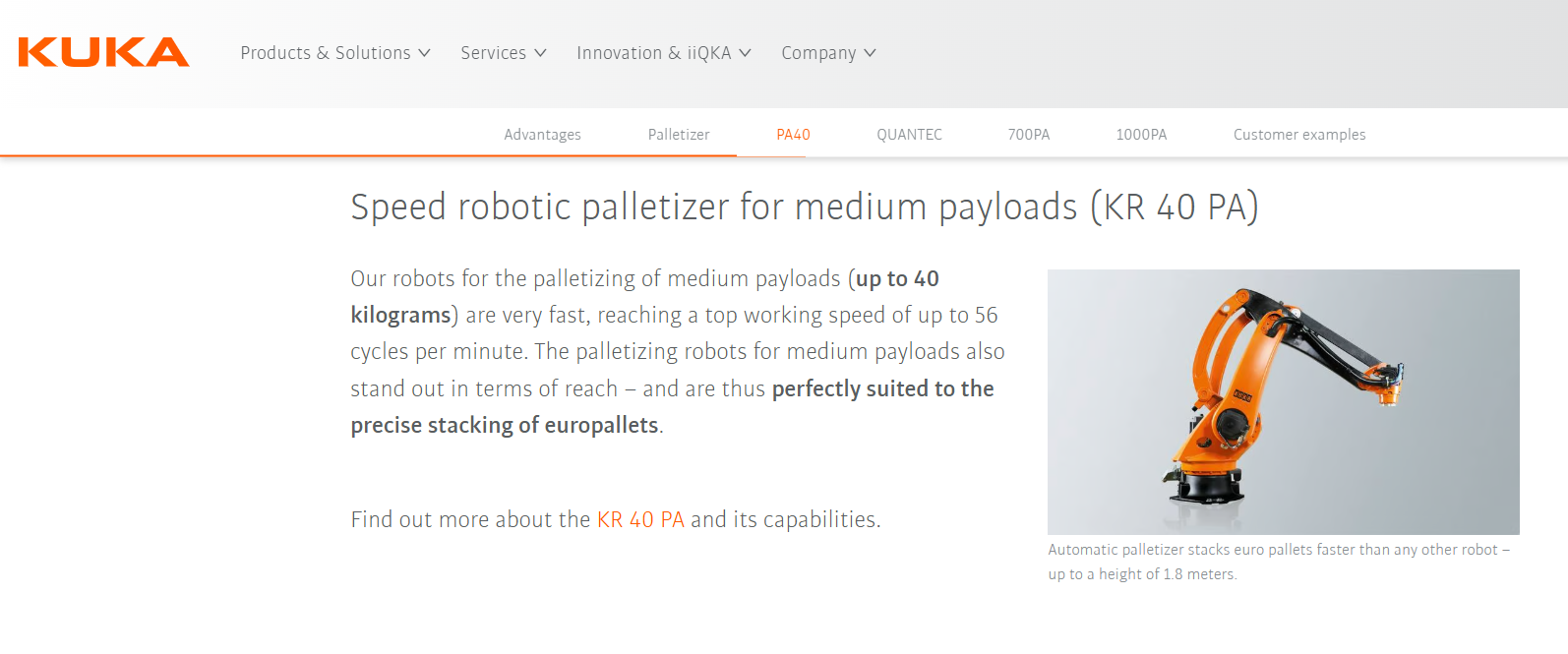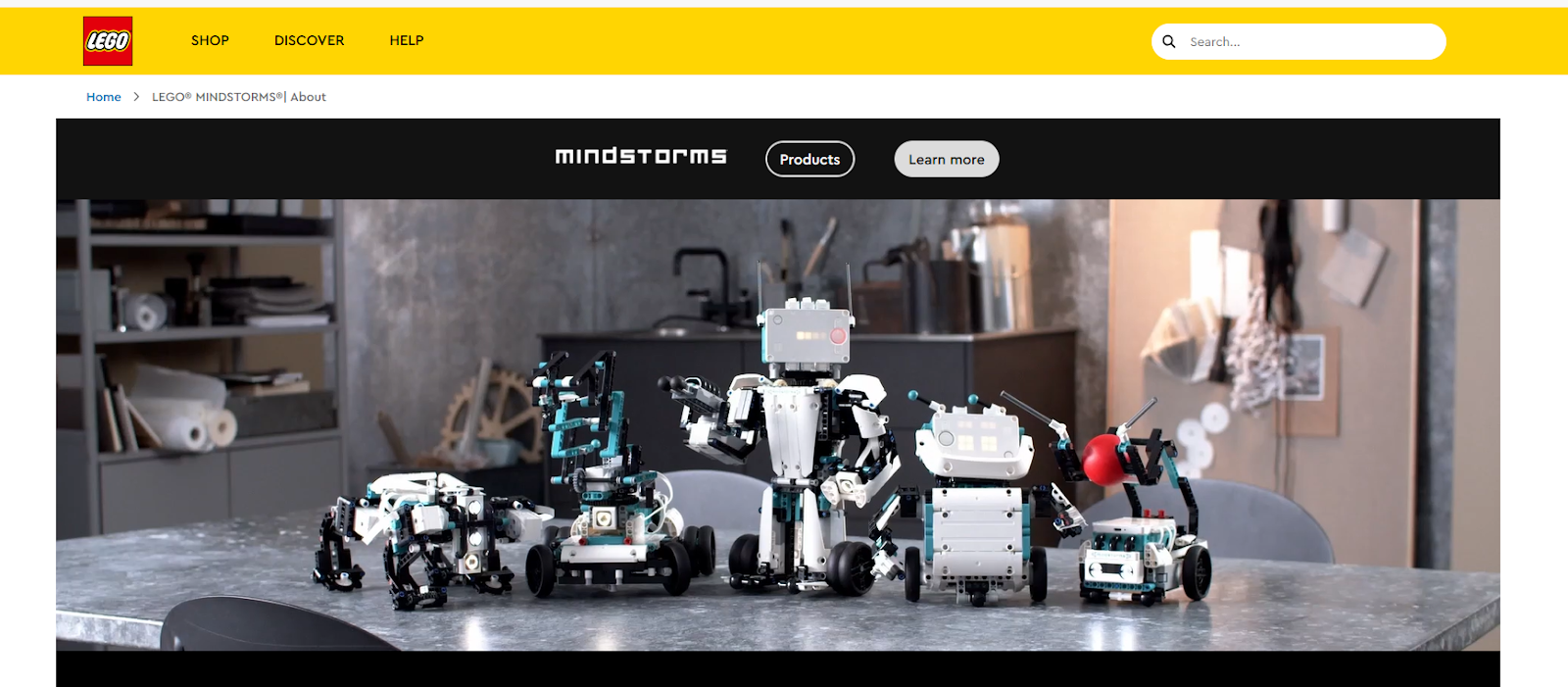A servo motor is different from an ordinary motor because it constantly checks its movement against a target signal and makes instant corrections.
This feedback system is what gives it accurate control over position, speed, and torque. You’ve seen them at work: tiny servos steer RC cars, CNC machines use them to carve metal with micron accuracy, and robotic arms rely on them for controlled, repeatable movement.
Compact design, real-time feedback, and exact motion control are what make servo motors indispensable in everything from consumer gadgets to advanced industrial robots.
How does a servo motor work?
A servo motor is a specialized electric motor that offers precise control over its position, speed, and torque using a closed-loop feedback system. This allows it to rotate or move to an exact position instead of just spinning continuously.
The feedback loop makes it different from a standard motor, because it constantly measures its output and adjusts until it matches the commanded position or speed.
The key features include precision, compact size, and a closed-loop system that ensures accuracy. A small position sensor inside the servo, often an encoder or potentiometer, tracks movement and reports it back to the control circuit. If there’s any difference between the command and the actual position, the servo corrects itself instantly.
The difference between a servo motor and a regular motor lies in control. A regular motor runs freely when powered, but a servo motor operates with controlled stops, angles, and torque. This is why servos are used in manipulator robots, drones, CNC machines, and even mini robots, where accuracy is more important than raw power.
How a servo motor works: The principles
A servo motor works on the principle of a closed-loop control system. This means the motor receives a command, checks how close its actual movement is to that command, and then adjusts itself until the two match.

Here’s the process step by step:
- A controller sends a control signal to the servo.
- The signal is compared against the feedback from the position sensor.
- If there’s an error, for example, the motor hasn’t reached the commanded angle, the control circuit drives the motor until the error is corrected.
- Once the motor reaches the exact position, the feedback confirms it, and the motor holds steady.
The process is similar to how a thermostat works. You set a target temperature, and the system measures the actual temperature, adjusting until the two match.
This constant correction makes servo motors ideal for robotics, where a robotic arm or servo positioner must move to exact coordinates every time.
Main components of a servo motor
The main components of a servo motor include the motor, position sensor, control circuit, gear assembly, and power supply. Each part works together to create a precise closed-loop system.
- Motor (AC or DC): Provides rotation and torque. DC motors are common in small robots and RC projects, whereas AC motors power larger industrial machines.
- Power supply: Delivers energy for both the motor and electronics.
- Position sensor: Usually an encoder or potentiometer, this sensor measures the shaft’s actual position and reports it back to the control system.
- Control circuit: Compares the command input with sensor feedback and adjusts the motor’s action until the position is accurate.
- Gear assembly: Reduces speed, increases torque, and makes the servo compact while delivering usable power.
These components enable servo motors to adjust continuously and maintain precise positions, making them essential in high-precision applications such as force control robotics.
Types of servo motors
The types of servo motors include AC servo motors, DC servo motors, and RC servos. Each type uses the same closed-loop principle but is built for different levels of power, precision, and application. What most guides won’t tell you is that choosing between AC, DC, and RC is about matching the feedback loop speed to your application.
RC servos work great for hobby projects because their simple potentiometer feedback is fast enough for a robot arm that moves every few seconds. In contrast, AC servos dominate industrial settings because their encoder feedback can handle insane correction speeds without breaking a sweat.
AC servo motors
AC servo motors run on alternating current and are built for industrial performance. They deliver high torque, smooth rotation, and stable accuracy even at high speeds. These motors are common in CNC machines, robotic welding, and automated assembly lines where continuous operation is required.
They are more complex and costlier than other types, but AC servo motors are the best choice when both power and precision are critical.
DC servo motors
DC servo motors run on direct current and are simpler to design and control. They respond quickly to input signals, which makes them useful in robotics, small automation systems, and light-duty machines.
While they do not match the torque and speed of AC servos, they are affordable, easy to set up, and ideal for tasks like robotic grippers, camera mounts, or mini robots used in labs and classrooms.
RC servos
RC servos, short for radio-controlled servos, are compact, all-in-one units. They combine a motor, gears, a position sensor, and a control circuit in a single small case. This makes them popular in RC cars, drones, and DIY robotics kits where size and simplicity matter.
Although they have limited torque compared to industrial servos, RC servos are widely used in educational kits and hobby projects because they are affordable, easy to connect, and reliable for small-scale motion.
No matter whether it is AC, DC, or RC, every servo relies on a control system to translate input commands into precise motion.
How do servo motor control systems keep everything on target?
Servo motor control systems use a closed-loop process to achieve accurate motion. The idea is simple. A controller sends a command. The motor moves. A sensor measures the result. If the position is not correct, the system corrects it instantly. This cycle repeats until the motor matches the target.
Hobby and RC servos use a PWM command signal. Industrial servo systems are usually commanded by pulse train (step and direction), analog torque or velocity, or a digital fieldbus such as EtherCAT.
A servo amplifier is also part of the system. The command signal from the controller is weak. The amplifier boosts it into a strong current that can drive the motor. It regulates the torque, speed, and response time so the motor reacts quickly and smoothly.
The position sensor works like the eyes of the servo. It constantly measures the angle or rotation of the shaft. It can be a potentiometer, which provides a variable voltage, or an encoder, which outputs digital signals. This information goes back to the control circuit. The circuit then compares the actual position with the desired position.
There are two main control approaches:
- Open-loop control is simple. The motor follows the command without feedback. It is cheaper but less accurate. If the load changes, errors remain uncorrected.
- Closed-loop control is more advanced. It uses feedback from the sensor to check results and correct mistakes. This makes it ideal for robotics, CNC machines, and robot conveyors, where accuracy is important.
Applications of servo motors
The applications of servo motors cover robotics, CNC machining, industrial automation, vehicles, research, and even consumer gadgets. Their precision and feedback control make them useful in almost every field where movement must be exact.
Robotics
Servo motors power robot arms, grippers, and end effectors, holding joints steady without drift. On automotive assembly lines, FANUC robots use servos to position components with repeatable precision, ensuring consistent quality.
This same principle drives advanced cobots like Standard Bots Core, where high-accuracy servos deliver safe, adaptable performance alongside human operators.
.png)
CNC machines
Servos move both cutting tools and tables with micron precision, allowing CNC machines to maintain exact tolerances. For example, Haas CNC mills depend on servo motors to follow programmed tool paths with no deviation. Aerospace and automotive manufacturers rely on this precision to produce turbine blades, brake discs, and other safety-critical components.
Aerospace manufacturers like GE Aviation use servo-controlled CNC mills to machine turbine blades with tolerances under 0.01 mm, because even a tiny deviation at 30,000 RPM can cause catastrophic failure. That's the difference between good-enough accuracy and servo-level precision.

Industrial automation
In factories, servo motors run conveyors, packaging lines, and palletizing systems at high speeds. A strong example is KUKA palletizing robots, which use servo-driven joints to stack goods consistently and reduce downtime.
By starting, stopping, and reversing instantly, these servos keep up with demanding production schedules where uniformity and reliability are non-negotiable.

Mini robots
Compact servos make mini robots affordable and easy to control, which is why LEGO MINDSTORMS kits use them for hands-on learning in coding and mechanics. Research labs at MIT and Stanford use servo-driven prototypes in swarm robotics, where dozens of mini robots need to coordinate movement within millimeters of each other. The servo's ability to report exact position in real time is what makes the swarm actually work.

Consumer electronics
Servos work quietly inside everyday devices, delivering smooth and precise motion. Sony cameras rely on them for fast autofocus and steady zoom control, giving photographers accuracy in real time. In smart homes, the same principle powers automated blinds, locks, and service robots that perform controlled adjustments seamlessly in daily life.

Advantages and limitations of servo motors
The advantages of servo motors include precision, efficiency, and compact size, whereas the limitations are mainly cost, complexity, and torque range.
Summing up
Servo motors are precise, compact, and versatile devices that power robotics, CNC machines, automation lines, and even everyday gadgets. Their strength lies in closed-loop control, which allows them to move accurately and correct errors instantly.
The trade-off is higher cost and added complexity, but the payoff is reliability in any task where precision matters. In short, servo motors equal precision plus control, and that is why they remain a foundation of modern robotics and automation.
Next steps with Standard Bots’ robotic solutions
Looking to upgrade your automation game? Standard Bots Thor is built for big jobs, while Core is the perfect six-axis cobot addition to any automated operation, delivering unbeatable throughput and flexibility.
- Affordable and adaptable: Core costs $37K. Thor lists at $49.5K. Get high-precision automation at half the cost of comparable robots.
- Perfected precision: With a repeatability of ±0.025 mm, both Core and Thor handle even the most delicate tasks.
- Real collaborative power: Core's 18 kg payload conquers demanding palletizing jobs, and Thor's 30 kg payload crushes heavy-duty operations.
- AI-driven simplicity: Equipped with AI capabilities on par with GPT-4, Core and Thor integrate smoothly with manufacturing operations for advanced automation.
- Safety-first design: Machine vision and collision detection mean Core and Thor work safely alongside human operators.
Schedule your on-site demo with our engineers today and see how Standard Bots Core and Thor can bring AI-powered greatness to your shop floor.
FAQs
1. What is a servo motor, and how does it work?
A servo motor is a motor with a built-in feedback system that controls position, speed, and torque with high accuracy. It constantly compares the command signal with sensor feedback and makes adjustments until they match exactly.
This process is called closed-loop control, and it allows servo motors to hold steady positions, adjust instantly if errors occur, and deliver repeatable motion. That is why they are essential in robotics, CNC machining, and many precision automation applications.
2. What are the main components of a servo motor?
The main components of a servo motor are the motor, position sensor, control circuit, gear assembly, and power supply. Each part plays a role in creating the feedback loop that defines servo operation. The motor provides movement, the sensor measures shaft position, and the control circuit corrects errors.
Gears adjust torque and speed, while the power supply delivers energy to both the motor and electronics.
3. What’s the difference between AC and DC servo motors?
The difference between AC and DC servo motors lies in their power source, performance, and use cases. AC servo motors run on alternating current, deliver higher torque, and maintain accuracy at high speeds. They are often found in industrial machines such as CNC mills and robotic welding systems, where continuous operation is required.
DC servos use direct current, respond quickly to signals, and are easier to control. AC versions dominate industrial systems like CNC machines and welding robots, while DC versions are used in smaller robots, drones, and light automation tasks.
4. How are servo motors controlled?
Servo motors are controlled through a combination of input commands, amplifiers, and feedback from sensors. A controller generates the signal, an amplifier strengthens it, and the motor executes the movement. The position sensor tracks actual shaft rotation and reports back to the control circuit.
If there is an error between the command and result, the circuit makes instant corrections to keep motion precise.
5. What are servo amplifiers and controllers?
Servo amplifiers and controllers are the devices that keep servo motors accurate. The controller creates low-power signals based on user commands or programmed tasks.
The amplifier boosts these signals into current strong enough to power the motor while regulating torque, speed, and response. Together, they ensure the servo motor reacts quickly, holds position, and adapts to load changes.
brighter future
Join thousands of creators
receiving our weekly articles.








.png)

.png)